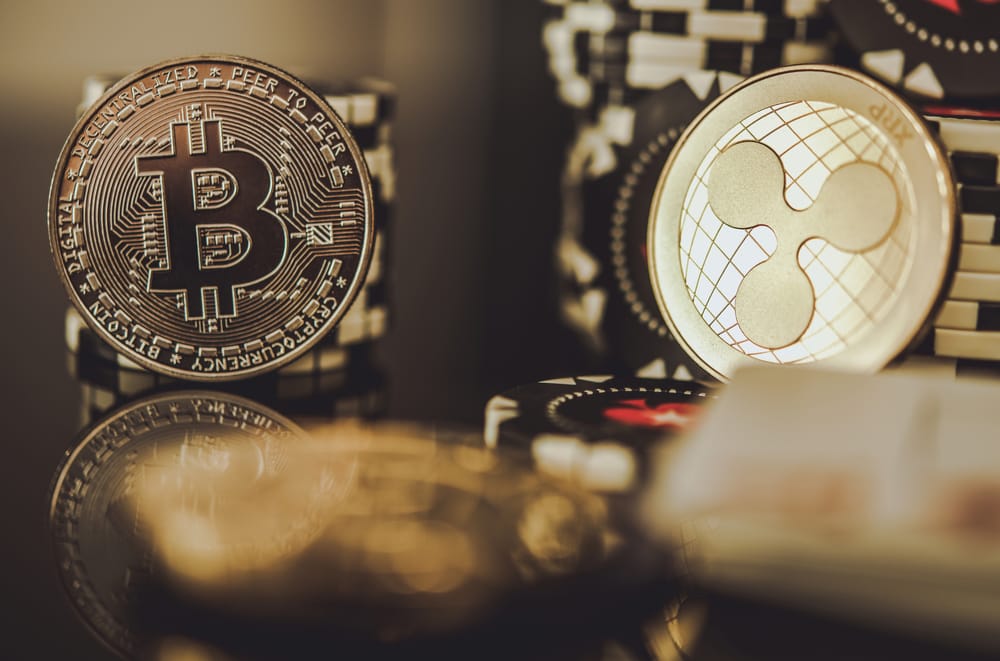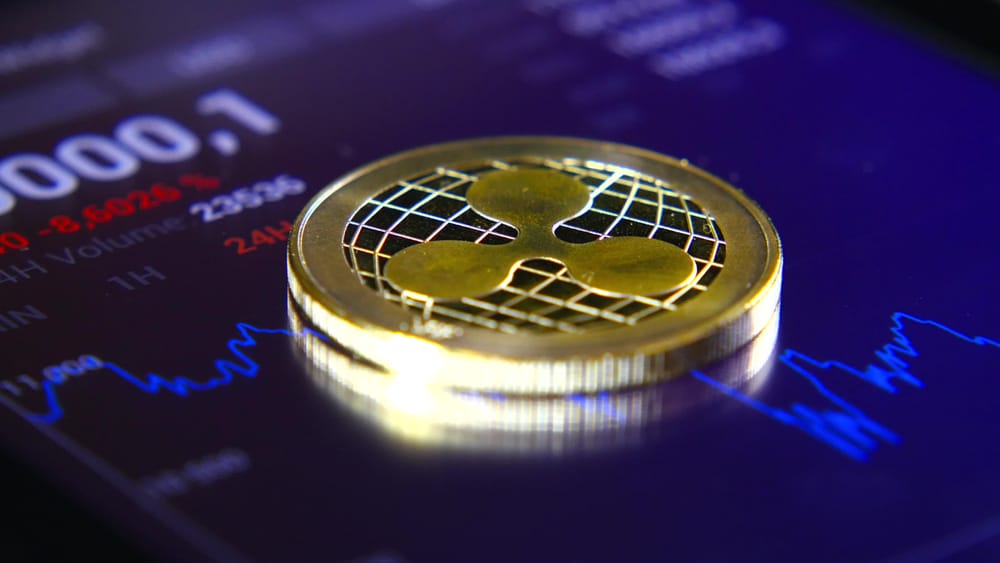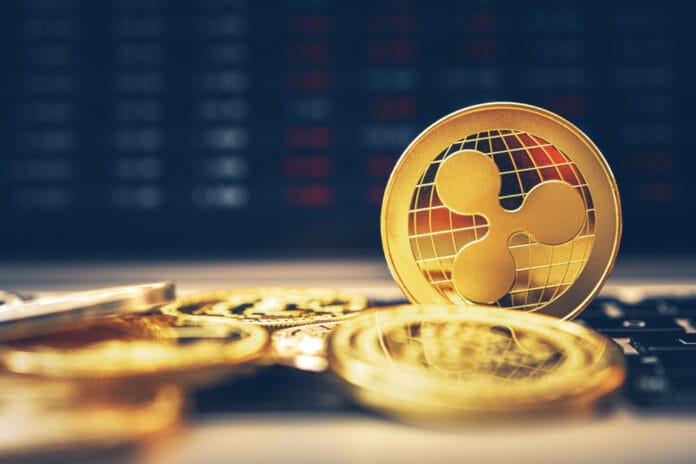Most people associate cryptocurrencies with Bitcoin, maybe Ethereum. But there’s another name that’s been making waves in the financial world—Ripple (XRP). Unlike most cryptocurrencies, Ripple isn’t trying to replace banks. It’s working with them.
The idea is simple: speed up international transactions, cut costs, and eliminate delays. If you’ve ever sent money across borders, you know how slow and expensive it can be. Ripple wants to fix that.
But what exactly is Ripple? And why do financial institutions see potential in it?
What is Ripple?
First, let’s clear something up: Ripple is the company. XRP is the cryptocurrency. People tend to use the names interchangeably, but technically, they’re not the same thing.
Ripple Labs, the company behind it, was founded in 2012. The goal? To create a fast and efficient payment network for banks and businesses. Unlike Bitcoin, which focuses on decentralization, Ripple is all about practical use cases—especially in the traditional financial system.
How Does It Work?
Most global payments rely on SWIFT, an outdated system full of delays and high fees. RippleNet, on the other hand, allows banks to settle transactions in seconds.
- Speed: Payments clear in 3-5 seconds. Compare that to Bitcoin’s 10+ minutes or a traditional bank transfer that can take days.
- Cost: Fees are minimal—fractions of a cent.
- Scalability: While Bitcoin can handle 7 transactions per second, Ripple can process 1,500.
Instead of mining, Ripple uses a consensus algorithm, meaning it doesn’t require massive energy consumption like Bitcoin. This makes it one of the most efficient blockchain systems in the industry.

Ripple vs. Bitcoin: Key Differences
| Feature | Ripple (XRP) | Bitcoin (BTC) |
|---|---|---|
| Main Purpose | Cross-border payments | Digital gold, decentralized money |
| Transaction Speed | 3-5 seconds | 10+ minutes |
| Scalability | 1,500 TPS | 7 TPS |
| Energy Efficiency | No mining required | High energy consumption |
| Adoption | Used by banks | Used by individuals & investors |
While Bitcoin aims to replace traditional money, Ripple is trying to make it better.
The Controversy Around Ripple
No cryptocurrency is without its challenges, and Ripple is no exception.
- SEC Lawsuit: The U.S. Securities and Exchange Commission (SEC) sued Ripple Labs, claiming XRP was sold as an unregistered security. The case is ongoing, and its outcome could impact Ripple’s future.
- Centralization Concerns: Unlike Bitcoin, which is decentralized, Ripple Labs still holds a large amount of XRP, making some investors uneasy.
- Regulatory Uncertainty: Some governments are still trying to figure out how to classify Ripple, which could affect its global adoption.
Despite these hurdles, Ripple has continued forming partnerships with major financial institutions worldwide.
Who’s Using Ripple?
Unlike other cryptocurrencies that are mostly used by individuals, Ripple has been adopted by banks, payment providers, and large corporations. Some of the most well-known include:
- Santander
- American Express
- Standard Chartered
- PNC Bank
These financial giants use Ripple to speed up transactions and reduce costs.
What’s Next for Ripple?
The future of Ripple depends on a few key factors:
- Regulatory Clarity – If Ripple wins its legal battle with the SEC, more financial institutions could jump on board.
- Adoption by More Banks – The more banks that use Ripple, the stronger its real-world utility becomes.
- Competition – Other blockchain projects, like Stellar (XLM), offer similar solutions. Ripple needs to stay ahead.
If Ripple successfully navigates these challenges, it could become one of the most widely used digital assets in traditional finance.

Should You Invest in Ripple?
As with any cryptocurrency, investing in Ripple comes with risks. However, its strong partnerships and real-world applications make it an intriguing option for those interested in the future of digital payments.
Pros of Investing:
✔ Fast and low-cost transactions
✔ Strong partnerships with major banks
✔ Scalable and energy-efficient network
✔ Potential regulatory clarity could boost adoption
Cons of Investing:
✖ Legal uncertainty due to the SEC lawsuit
✖ Less decentralized than Bitcoin
✖ Regulatory hurdles in some countries
Final Thoughts
Ripple is not just another cryptocurrency. It’s a bridge between traditional finance and blockchain technology. While challenges remain, its ability to transform cross-border payments makes it one of the most important digital assets to watch.
Whether you’re an investor, a financial analyst, or just someone curious about the future of money, Ripple is a name that won’t be fading away anytime soon.


